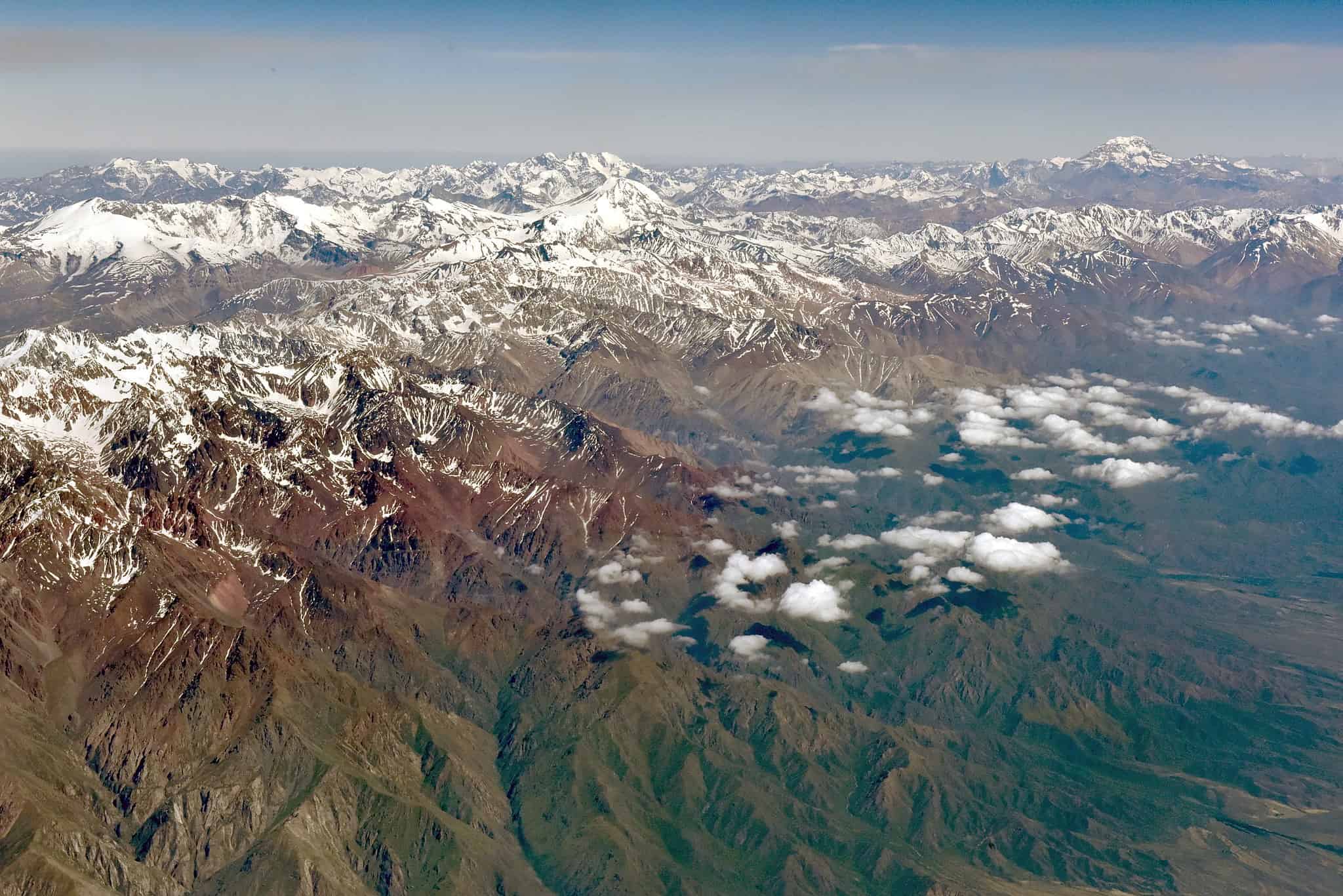Imagine living thousands of years ago in the Andean region in South America, one of the most environmentally variable landscapes in the world. Suddenly, the temperature started to change and droughts happened. Life wasn’t easy, to begin with — now, it’s a new problem.
This change led to competition for scarce resources and likely increased violence among people living there, according to a new study. The lessons are something that could be useful for us as well.

Researchers at the University of California, Davis, found a pattern of increased violence during climate changes in the south-central Andres between AD 470 and 1500. During that period, which included the Medieval Climatic Anomaly (AD 900-1250), the overall temperature increased, leading to droughts and the collapse of the first Andean states.
They focused on the communities Wari and Tiwanaku, the first states in the Andes. The Wari Empire is thought to have engaged in numerous episodes of violent conquest, while the Tiwanaku has been thought to have exerted its sphere of influence more subtly. Previous studies have found drought could have played a role in their decline.
“We found that decreased precipitation predicts increased rates of cranial trauma,” Thomas J. Snyder, study author and researcher at UC Davis, said in a media statement. “This observation suggests that climate change in the form of decreased precipitation exerted a significant effect on rates of interpersonal violence in the region.”
Violence and climate change
Previous studies have highlighted the link between climate change and violent behavior. A book published last year described how high temperatures cause the brain to divert resources to other parts of the body so as to cool down. When this happens, areas of the brain aren’t running at full capacity, making it difficult to control impulses. This is pretty concerning, considering how temperatures are steadily rising across the planet.
The researchers at UC Davis looked at data from about 3,000 skeletal fractures found at 58 archaeological sites in the Andes, specifically in present-day Peru, Chile, and Bolivia, and found instances of violence during the early years in the region. They also correlated their findings with ice accumulation records from the Quelccaya glacier in southeast Peru. They then looked for correlations in violence incidence and temperature rise.
The Andean region’s exceptional archaeological preservation. When this is coupled with extreme climatic variability and extensive records, it makes it an ideal location for studying human responses to climate change, they said. For every 10-centimetre decrease in annual ice accumulation at the glacier, the probability of interpersonal violence more than doubled.
The shock of the drought, the researchers said, likely undermined the networks of social and political connections holding together the Andean states. The lack of water could have also threatened the ritual practices of the Wari and Tiwanaku and affected their overall livelihoods, which were deeply connected to agriculture.
Coastal and mid-elevation regions did not yield similar findings, suggesting that they either opted for nonviolent approaches to address climate change or were less impacted by its effects. These areas also had greater agricultural and economic diversity, which could have served as a protective factor against climate change.
“Our findings reinforce the idea that people living in already marginal environments are the most likely to be hit hardest by climate change,” Snyder said in a media statement. “Archaeological research can help us predict how best to handle the challenges faced by people in precarious positions in a rapidly changing climate.”
The study was published in the journal Quaternary Research.


